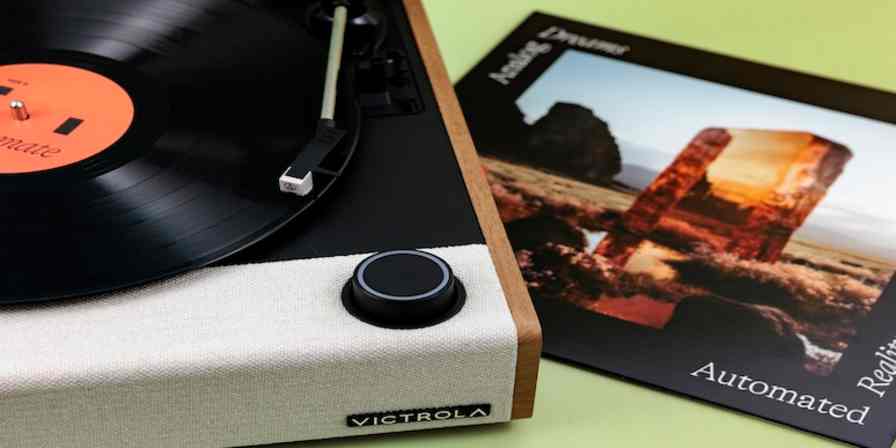Customer stories
4 min readHow automation helped Halo Cars scale
Co-founder Kenan Saleh used Zapier to quickly grow the rideshare advertising startup, ahead of acquisition by Lyft
By Janine Anderson · November 5, 2021

Get productivity tips delivered straight to your inbox
We’ll email you 1-3 times per week—and never share your information.
tags
mentioned apps
Related articles
Improve your productivity automatically. Use Zapier to get your apps working together.








